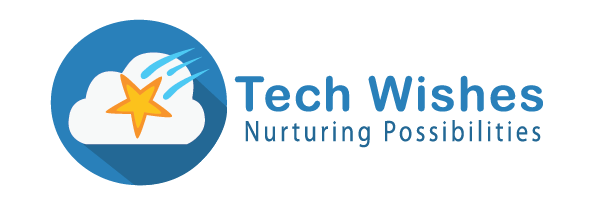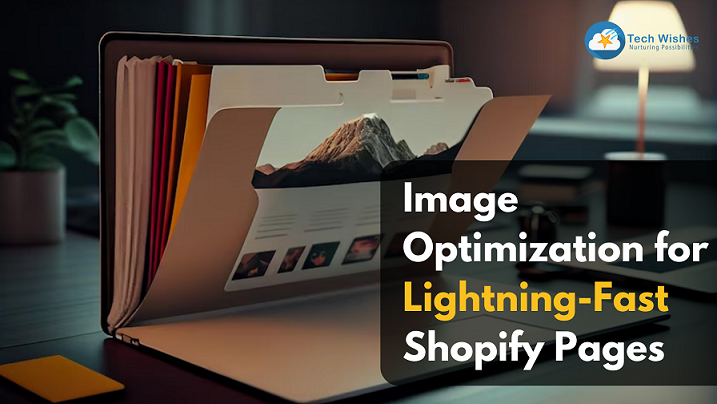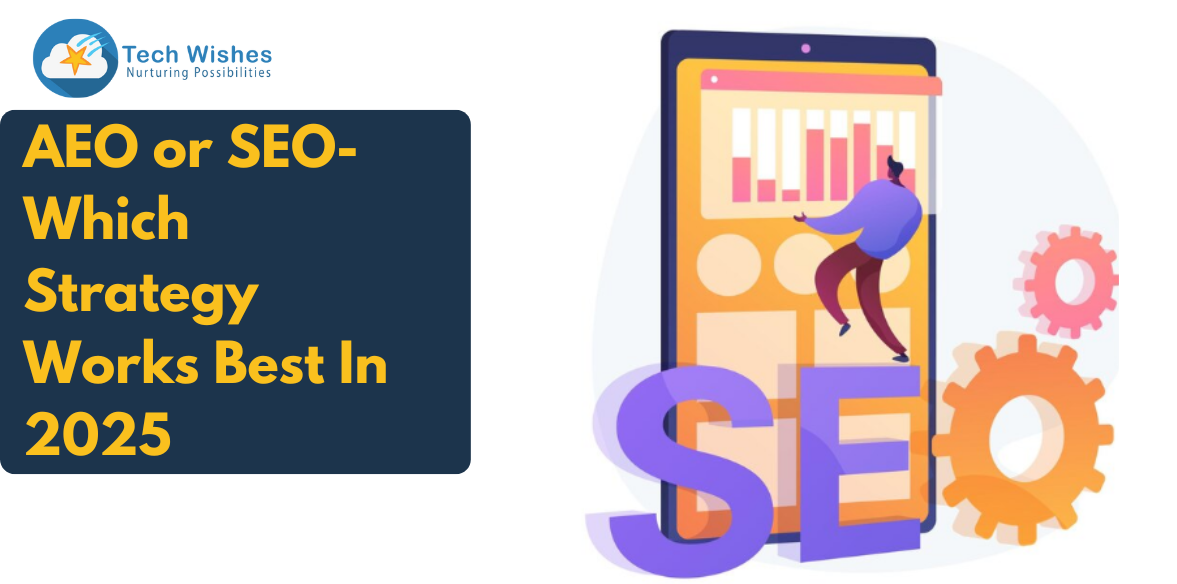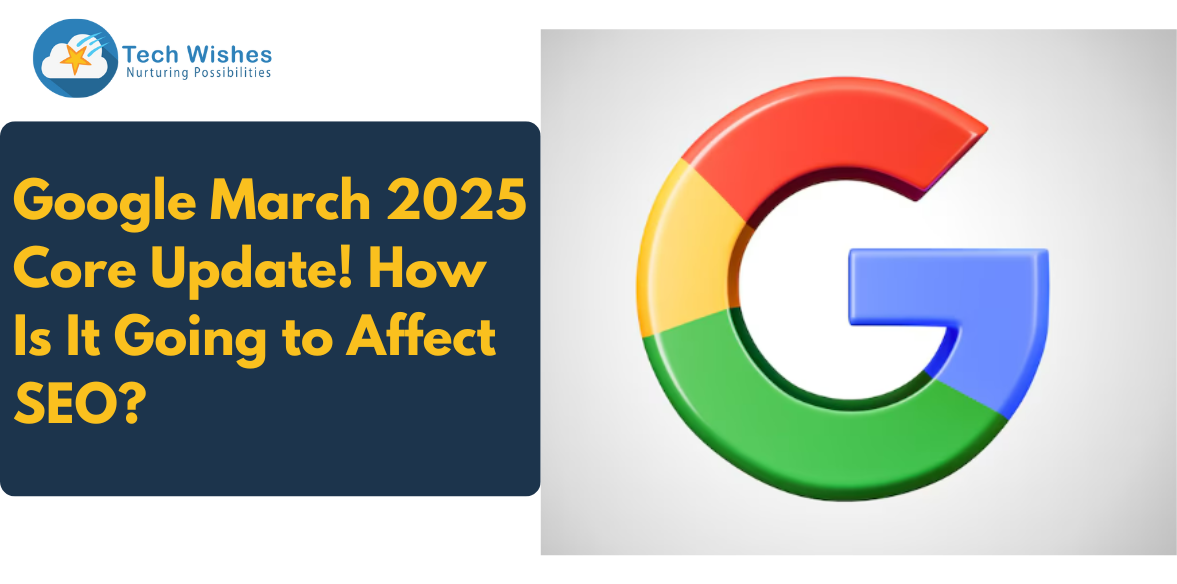As we speak of smooth online stores, image optimization emerges as the secret sauce for ensuring lightning-fast Shopify pages without compromising visual appeal. Think of it as fine-tuning the intricate gears of a high-performance engine – every element calibrated for maximum speed and efficiency. Let us discuss the art and science of image optimization, arming you with techniques to ensure your Shopify pages load with swiftness…
Decoding Image Optimization
Images are the visual heartbeats of your Shopify store, conveying messages, evoking emotions, and driving conversions. However, unoptimized images can weigh down your pages, resulting in sluggish load times and a less-than-optimal user experience. Image optimization seeks to strike a delicate balance between preserving image quality and minimizing file size – a balance that's integral for enhancing page speed.
Still think, speed isn’t necessary? Talk to Shopify Experts…
Compression: The Key to Sleekness and Speed
Enter image compression, the virtuoso technique that reduces the size of image files without compromising visual fidelity. Compression techniques come in two flavours: lossy and lossless. Lossy compression sacrifices a bit of image quality to achieve greater file reduction, while lossless compression retains every pixel but at a slightly larger file size. Finding the right balance depends on your image's role and the degree of compression your audience can tolerate.
Resolution: Precision in Every Pixel
The resolution of an image – measured in pixels per inch (PPI) – plays a crucial role in its display quality and file size. For digital displays, 72 PPI is standard. However, higher PPI might be necessary for print materials. By optimizing images to their intended display resolution, you eliminate unnecessary data bloat, resulting in faster load times.
Choosing the Right Format: WebP, JPEG, PNG, Oh Dear!
Image formats dictate how data is stored and displayed. WebP, a modern format developed by Google, offers impressive compression and quality features. JPEG is renowned for its versatile use and compression capabilities. PNG, while larger in file size, supports transparency. Opt for WebP or JPEG for photographs and PNG for images with transparency needs.
Lazy Loading: Loading Only When Needed
Lazy loading is the technique of loading images as users scroll down a page. Instead of preloading all images, which can slow down the initial page load, lazy loading fetches images only when they're about to come into view. This approach ensures that users see images at the right moment, without compromising load times.
Tools of the Trade: Streamlining the Process
A plethora of tools and plugins exist to streamline image optimization. Platforms like Shopify offer built-in tools to automatically compress and serve optimized images. Third-party plugins, such as image optimization plugins, can further enhance your optimization endeavours.
Details much? Talk to Shopify experts for help…
In Conclusion: Craftsmanship for the Digital Age
Image optimization isn't just about file sizes; it's a symphony of artistry and technology. By skillfully balancing image quality with file size, choosing the right format, optimizing resolution, and implementing techniques like lazy loading, you orchestrate a seamless browsing experience. Your Shopify pages become a visual marvel, swiftly loading and seamlessly engaging users. In this digital realm, where seconds define success, image optimization becomes your secret weapon for crafting pages that not only dazzle the eye but also conquer the world of speed.
Read:
Analyzing Shopify Page Speed with Google's Lighthouse




